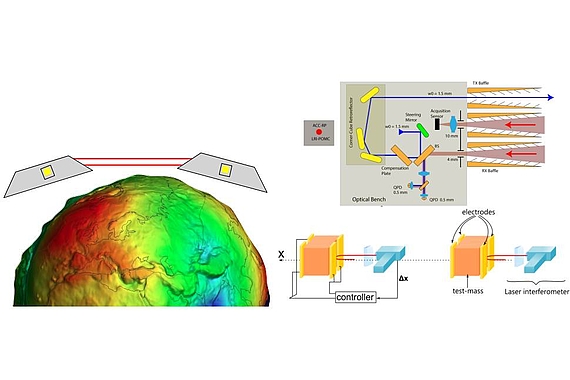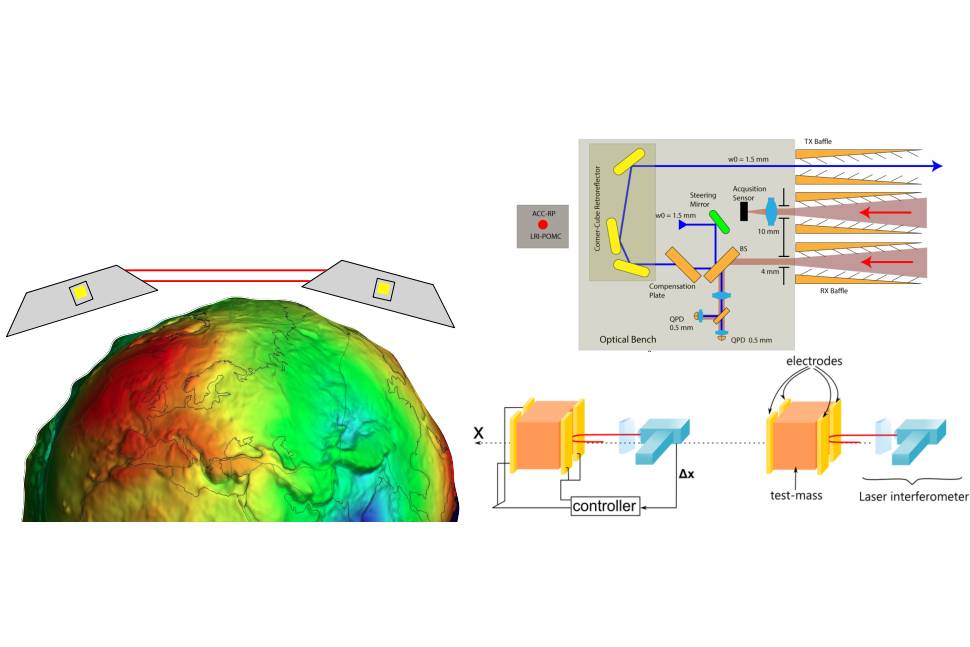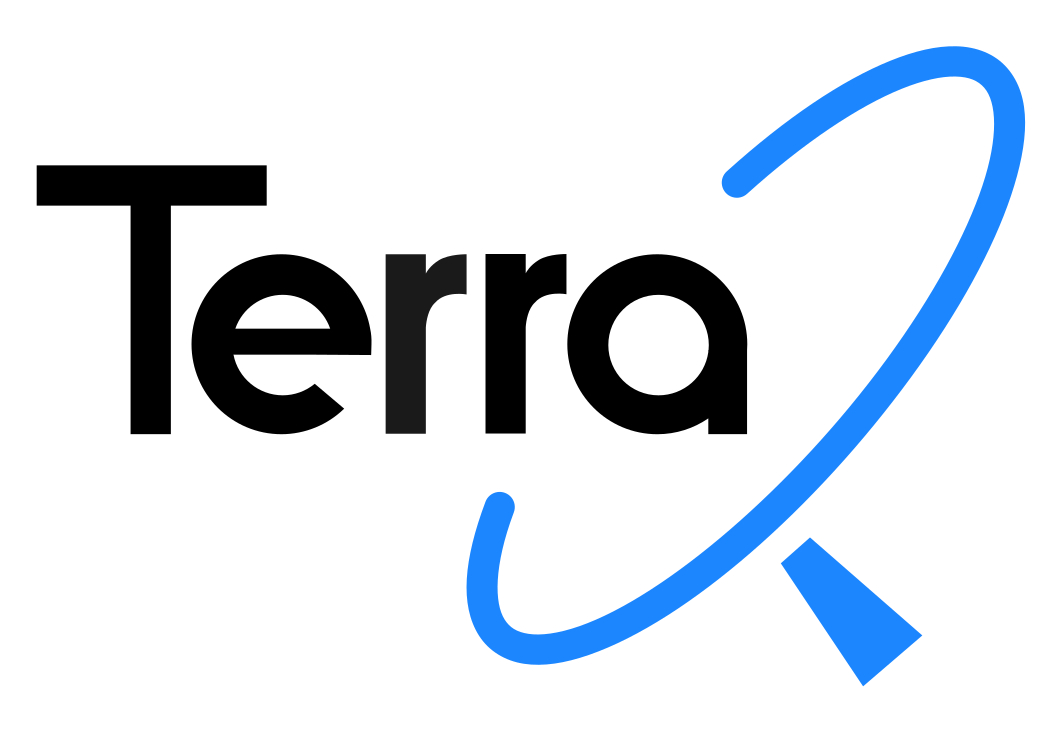We will study a new type of optical accelerometer (ACC) and gradiometer, advance Laser Ranging Interferometry (LRI) technology conceptually to enable new satellite constellations, and investigate observations of the angular line-of-sight velocity for gravity field recovery with simulations. In addition to the benefit of other projects within TerraQ, e.g. providing instrument characteristics for the XHPS mission simulator (B02), it serves as a basis for the next funding period. Building on the final results of projects investigating test mass readout and control as well as of inter -spacecraft interferometry, a more sophisticated study on errors and their effect on Gravity Field Recovery (GFR) can be performed in the second phase. The research activities on multi-channel readout of test masses (B05) on torsion balances as a mean to measure small forces (B06), and the herein conducted system studies on accelerometry and gradiometry should culminate in a consolidated payload concept that can be iterated and pursued in laboratories for more detailed testing in the next stages. The most promising components and sub-systems of advanced LRI architectures, which are studied theoretically in the first phase, can be transformed into experiments at breadboard level for functional and performance verification. Based on the investigations of the benefit of clocks in space made during the first funding period in project C03, more optimised scenarios can be developed for the combination of different sensor types. The long term benefit of these developments will be gravity field solutions with a higher spatio-temporal resolution, thus, enabling observation of smaller changes in the mass distribution of the Earth within shorter timespans.


 ©
LUH
©
LUH
Objectives of B01 - New Measurement Concepts with Laser Interferometers
- Development of a numerical simulator for optical accelerometers based on LPF,
- Extension of single optical accelerometers to a single-/multi-axis gradiometer,
- Evaluation of the optical gradiometer in context of Cold Atom Interferometry (CAI) and classical gradiometers,
- Evolution of LRI architecture in order to enable wide field-of-view, high relative velocities and higher resolution of angular readout,
- Investigating angular rates from LRI and ACC as new observable for Gravity Field Recovery,
- Proposal of realistic payload concepts based on improved intra-/inter-satellite interferometry.
Executing Persons
Principal Investigators
Early Career Researchers
Publications
Showing results 1 - 3 out of 3












